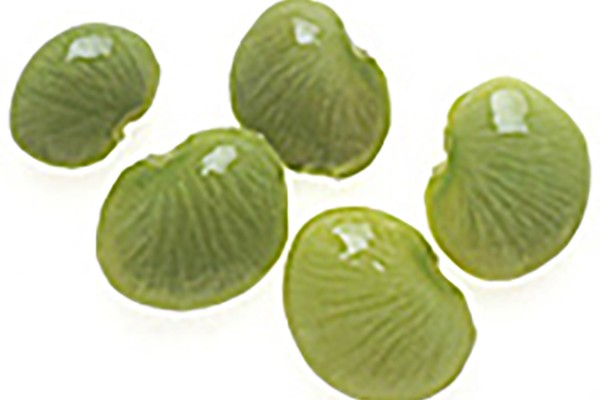Beware the smell of bitter almonds
Many food plants contain cyanogenic glycosides that can release cyanide when the food is eaten. What’s more, a greater proportion of food plants than plants in general are cyanogenic. WUSTL researcher Kenneth M. Olsen, PhD, offers an explanation of this toxic puzzle.
Botanical ‘cloak-and-dagger’
Photo by David KilperThat clover necklace you make for your child could be a ring of poison. That’s because some clovers have evolved genes that help the plant produce cyanide — to protect itself against herbivores such as snails, slugs and voles. Kenneth Olsen, Ph.D., assistant professor of biology in Arts & Sciences, is looking at the genetics of a wide variety of white clover plants to determine why some plants do and some plants don’t make cyanide. Ecology and geography play important roles.
Botanical ‘cloak-and-dagger’
Is that clover necklace you make for your child poison? It could be. Kenneth Olsen, Ph.D., Washington University assistant professor of biology in Arts & Sciences, is looking at the genetics of a wide variety of white clover plants to determine why some plants do and some plants don’t make cyanide. Ecology and geography play important roles.
Genetic differences in clover make one type toxic
David Kilper/WUSTL PhotoOlsen is studying the genetics of two types of clover to determine why one type is cyanogenic (toxic) and the other is not.That clover necklace you make for your child could well be a ring of poison. That’s because some clovers have evolved genes that help the plant produce cyanide — to protect itself against little herbivores, such as snails, slugs and voles, that eat clover. Other clover plants that do not make cyanide are found in climates with colder temperatures. So, in picking your poison, er, clover, ecology and geography play important roles. A plant evolutionary biologist at Washington University in St. Louis is trying to get to the bottom of this botanical cloak and dagger tale.

